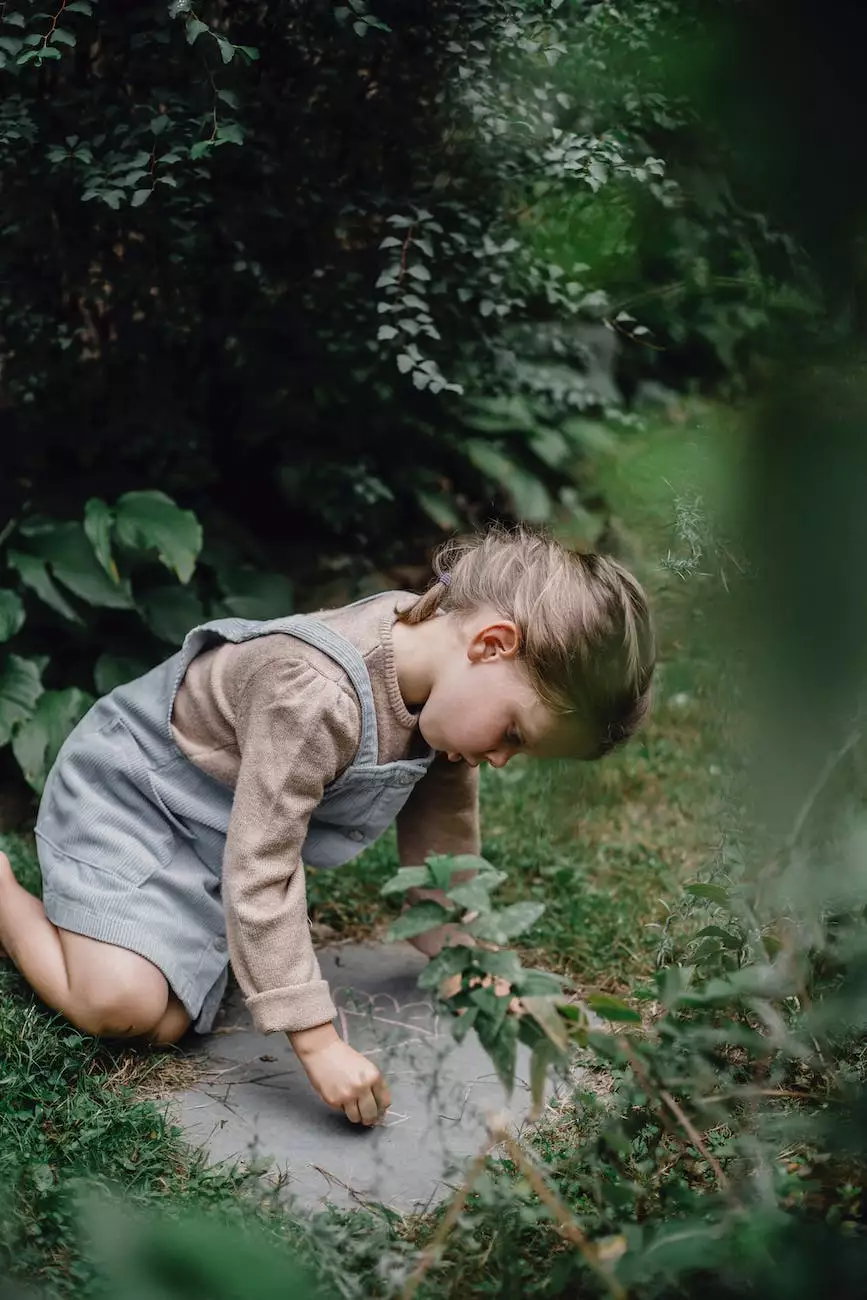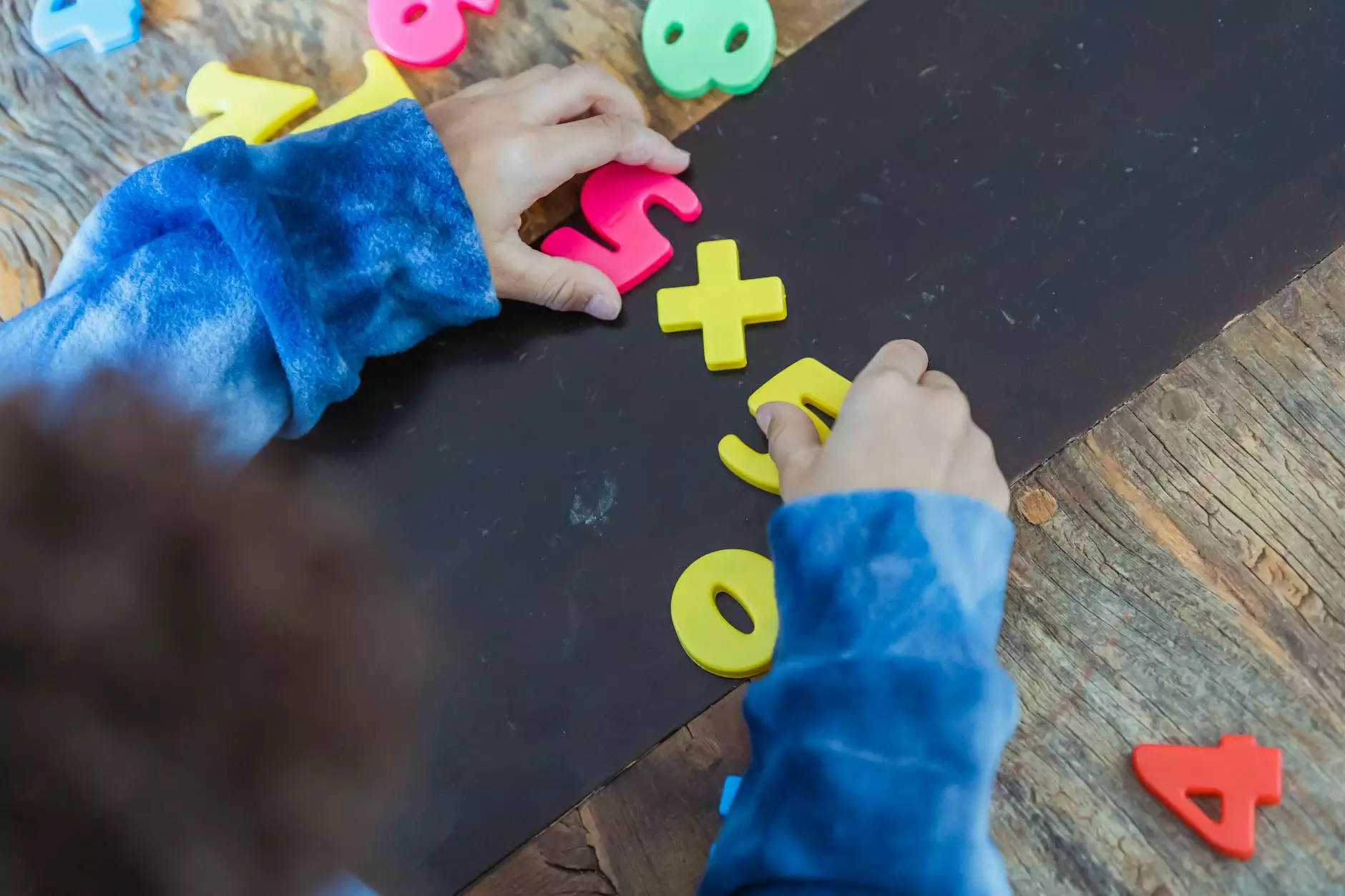Ages, Stages, Tips, and Tricks to Shoe Tying!

Welcome to The Knowledge Nest, a leading resource for community and society-related information. In this article, we delve into the intricate process of teaching children how to tie their shoes. Brace yourself for an in-depth exploration of shoe tying techniques, accompanied by helpful tips and tricks!
The Evolution of Shoe Tying
Shoe tying is an essential life skill that promotes independence and self-sufficiency. As children grow, their motor skills and hand-eye coordination develop, enabling them to master the art of shoe tying. Understanding the different stages of shoe tying proficiency is vital for parents, caretakers, and educators.
Stage 1: The Early Years
In the early years, children begin to develop the necessary hand muscles and dexterity required for shoe tying. It is essential to introduce them to the basic concepts of laces, loops, and knots. Encourage their curiosity while providing gentle guidance on the proper techniques.
Parents can opt for shoes with Velcro straps or elastic laces during this stage, easing the challenge for young children. However, engaging them in simple shoe tying activities, such as using large shoelaces and oversized shoe models, can foster their interest and progression.
Stage 2: The Intermediate Phase
As children reach the intermediate phase, typically between the ages of 5 and 8, they begin to develop more control over their fine motor skills. This stage presents an opportune moment for parents and educators to actively teach proper shoe tying techniques.
Implementing a step-by-step approach is crucial during this phase. Start by teaching children how to form bunny ears with the laces. Gradually guide them through the process of crossing the bunny ears and creating a secure knot. Reinforce their efforts with positive reinforcement and celebrate their milestones along the way.
It is worth noting that children progress at their own pace, so patience and consistent practice are key. Encourage them to develop a sense of independence and build their confidence as they master the art of shoelace manipulation.
Stage 3: Fine-Tuning and Mastery
By the age of 8 to 10, children typically demonstrate a higher level of hand-eye coordination and motor skills. At this stage, they are ready to refine their shoe tying techniques and strive for independent mastery.
Encourage children to experiment with various shoe designs, as shoelace lengths and patterns can vary across different footwear. Provide them with opportunities to tackle more complex shoe tying styles, such as the double knot or the stylish bow.
Remember, repetition and practice are vital for solidifying their shoe tying abilities. On average, children can achieve full independence in shoe tying by the age of 10, though it may vary from child to child.
Tips and Tricks for Successful Shoe Tying
Now that we've explored the different stages of shoe tying, let's delve into some useful tips and tricks for teaching children this invaluable skill:
- Visual Aids: Utilize visual aids such as instructional videos, diagrams, or picture books to enhance children's understanding of the shoe tying process.
- Patience and Encouragement: Take a patient and encouraging approach, providing support and praise when children make progress. Remember, positive reinforcement goes a long way!
- Consistent Practice: Set aside dedicated practice sessions to reinforce shoe tying techniques. Repetition helps develop muscle memory and solidify learned skills.
- Make it Fun: Incorporate games, songs, or storytelling to make the shoe tying process enjoyable and engaging for children. This helps them stay motivated and enthusiastic about learning.
- Lead by Example: Demonstrate the shoe tying process yourself, as children often learn best by observing and imitating. Make it a joint activity, allowing them to practice with your guidance.
Mastering the Art of Shoelaces
Shoelaces, although seemingly insignificant, can be a versatile medium for creativity and personal expression. Let's explore some interesting tidbits and lesser-known facts about shoelaces:
- The History of Shoelaces: Did you know that shoelaces have been in use since ancient times? The Egyptians used woven cords as early as 3500 BC to secure their footwear.
- Types of Knots: Shoelaces can be tied using different knot variations, such as the traditional bow knot, the surgeon's knot, or the secure double knot.
- Exquisite Lacing Patterns: Beyond the standard criss-cross pattern, various lacing techniques, such as straight bar, lattice, or zipper lacing, can add flair and uniqueness to your shoes.
- Accessorize with Shoelaces: Shoelaces come in an array of colors, patterns, and materials. Explore the world of vibrant shoelaces to revamp your footwear style and make a bold fashion statement.
Conclusion
As we conclude our comprehensive exploration of shoe tying, it is evident that this simple skill encompasses various stages of development and requires careful guidance, patience, and consistency. By understanding the different age-related stages and implementing useful tips and tricks, we can empower children to master the art of shoe tying effortlessly.
At The Knowledge Nest, we strive to provide valuable resources and informative articles on a diverse range of topics. Stay tuned for more fascinating articles that cater to the interests and needs of our vibrant community.










